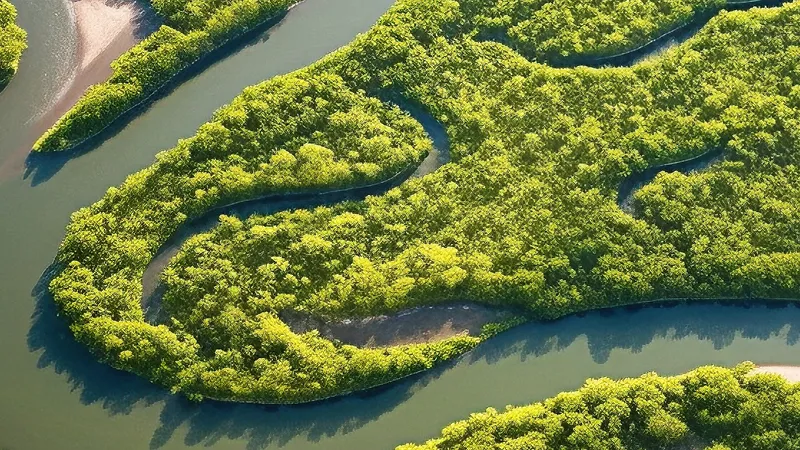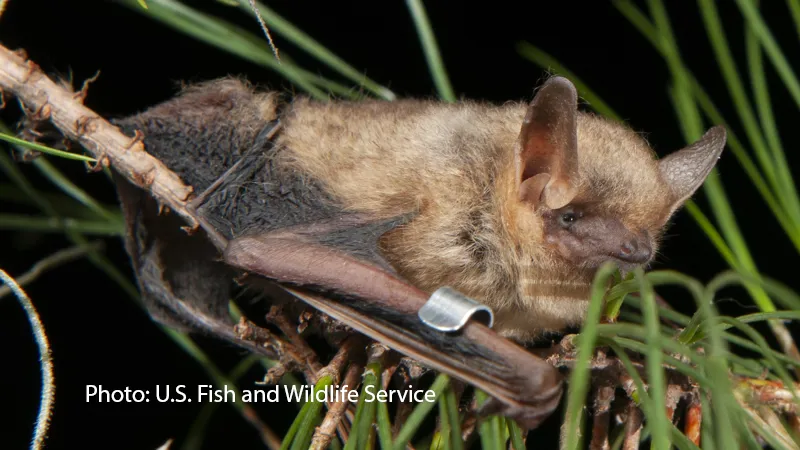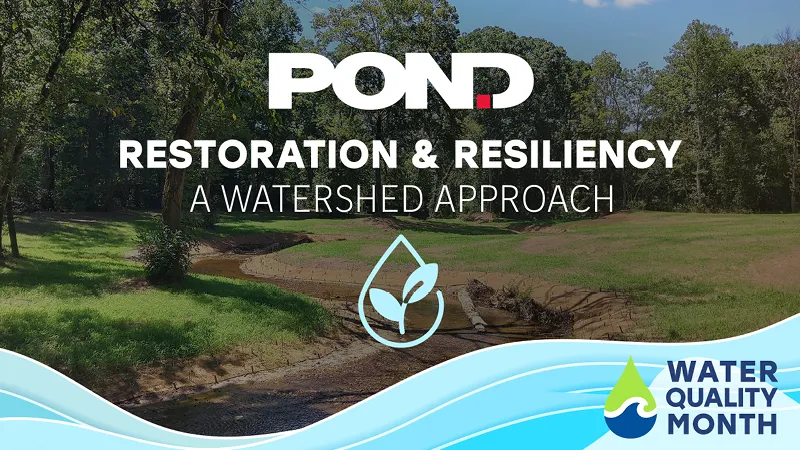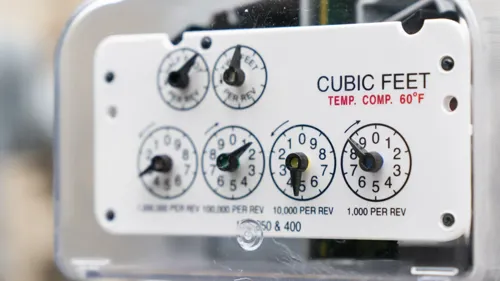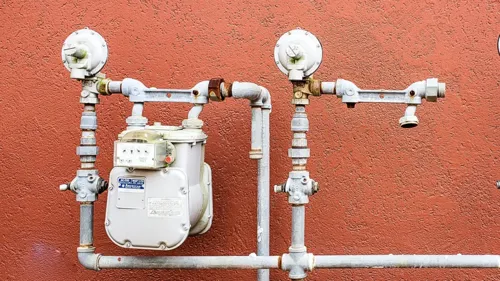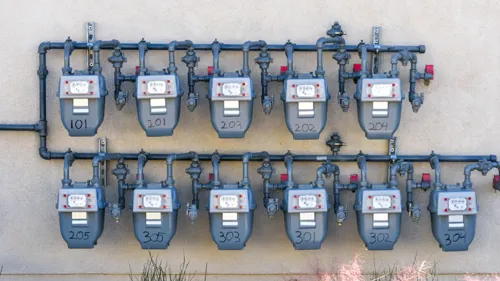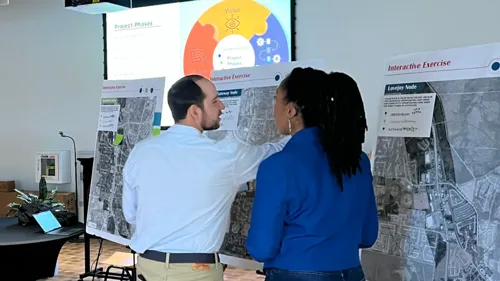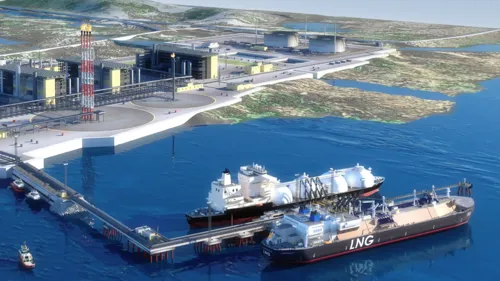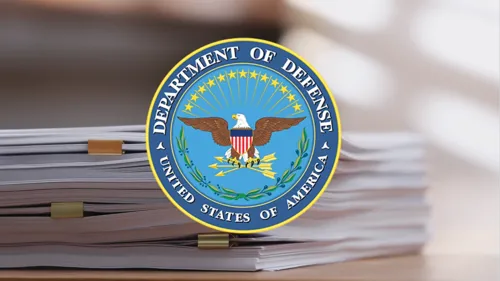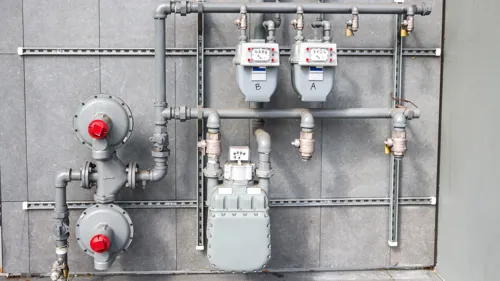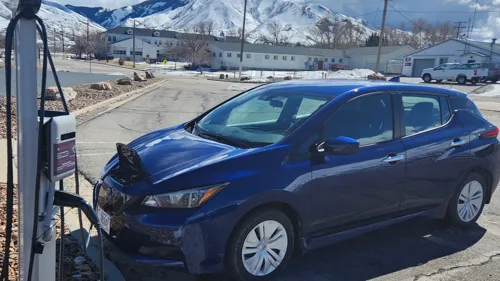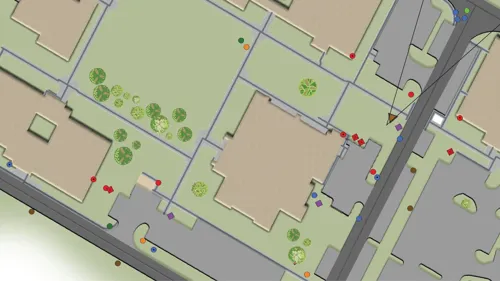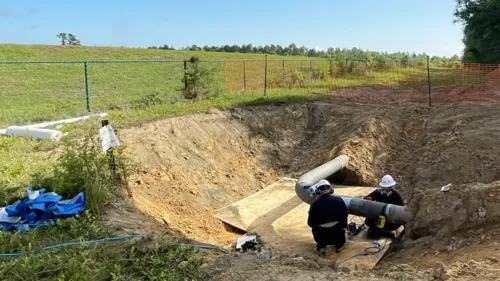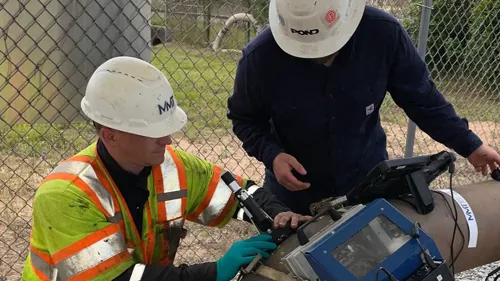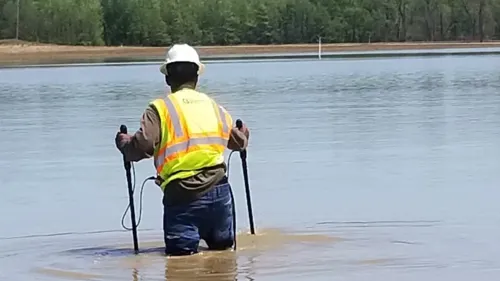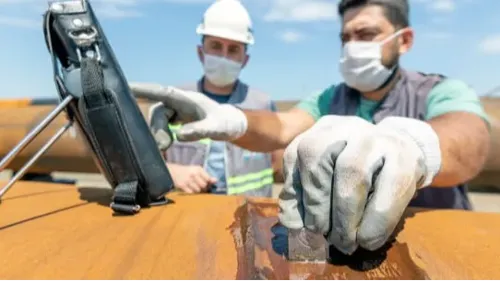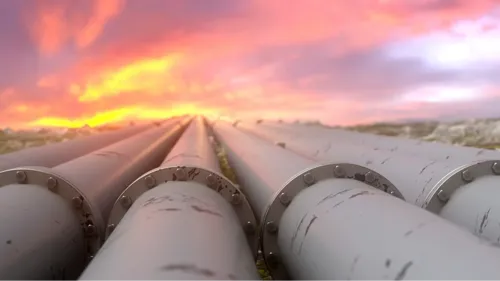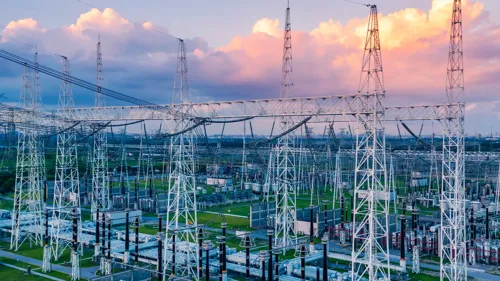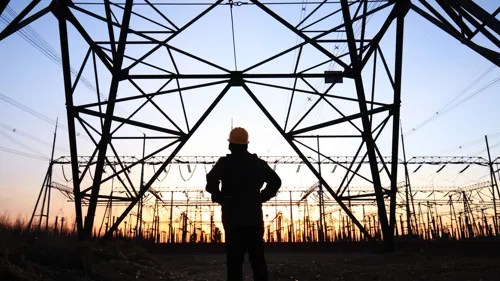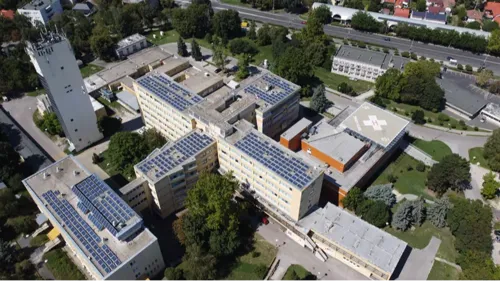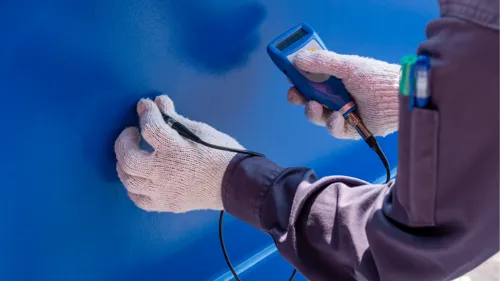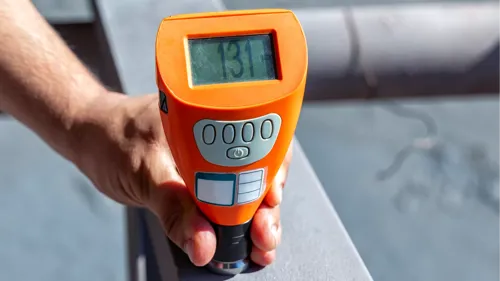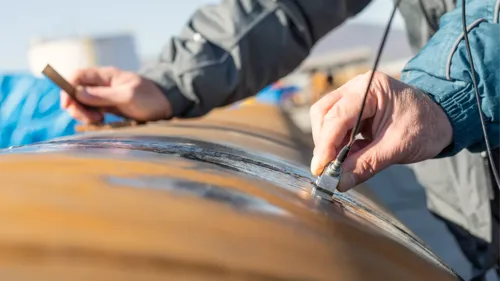Understanding PHMSA Mega Rule – Part 1
Author:
Andy Lawton | Principal - Vice President | [email protected]

Federal regulation of gas pipelines began in 1968 with the passage of the Natural Gas Pipeline Safety Act, and over the course of many decades, revisions have been made to address construction standards, pipeline materials, corrosion control, and other design and operating procedures. On September 9, 2010, a natural gas pipeline owned by Pacific Gas & Electric (PG&E) ruptured in San Bruno, CA. creating a fire that killed eight people, destroyed more than 100 homes and cost $2.8 billion. An investigation by the National Transportation Safety Board (NTSB) found that PG&E had a faulty integrity management (IM) system that failed to detect a defective section of the pipeline resulting in the devastating explosion. The PG&E incident spurred action from the Pipeline and Hazardous Materials Safety Administration (PHMSA) to revise the existing Federal Pipeline Safety Regulations (FPSR) to improve the safety of onshore gas transmission pipelines. These revisions are known as the Mega Rule.
The Mega Rule is a sweeping set of regulations comprised of three parts:
- Part 1 focuses on the safety of gas transmission pipelines.
- Part 2 introduces new guidelines about IM, updated requirements for high consequence areas (HCAs) and non-HCAs, and expectations for operators following extreme weather events and natural disasters.
- Part 3 expands certain safety requirements to all onshore gas gathering pipelines.
Part 1 of Mega Rule went into effect on July 1, 2020, which introduced new safety regulations and expanded the existing pipeline safety legislation. The scope of part 1 includes, but is not limited to:
- Material Verification
- Reconfirming MAOP
- Seismic and Other Management Clarification (Geohazards)
- ILI Safety
- HCA and non-HCA Assessments
Material Verification
Material verification is required to ensure the physical and operational characteristics of gas transmission pipelines are accurately reflected. All material verification records must be traceable, verifiable, and complete (TVC) and be maintained for the life of the pipeline. If TVC records are not available, operators must develop and implement procedures for conducting additional tests to confirm pipeline materials. PHMSA added this requirement for onshore, steel, natural gas transmission pipelines in accordance with 49 CFR § 192.607. In some instances, material verification may be necessary if there are changes in IM programs, MAOP, or where TVC records are not available.
Reconfirming MAOP
PHMSA introduced new requirements for reconfirming MAOP using two criteria. The first criterion applies to all pipelines where TVC records to confirm MAOP in accordance with 49 CFR § 192.619(a) are not available. The second criterion applies to pipelines whose MAOP was established using 49 CFR § 192.619(c) with an MAOP = 30% Specified Minimum Yield Strength (SMYS) and are in an HCA, Class 3, Class 4, or non-piggable moderate consequence area (MCA).
Under this section, there are six approved methods to reconfirm MAOP:
- Hydrostatic Pressure Test
- Pressure Reduction
- Engineering Critical Assessment (ECA)
- Pipe Replacement
- Pressure Reduction for Small Potential Impact Radius (PIR)
- Alternative Technology
Operators were required to develop procedures for MAOP reconfirmation by July 1, 2021. PHMSA also requires 50% of mileage to be reconfirmed by July 3, 2028, and 100% completed by July 2, 2035. The Mega Rule also states that if an MAOP exceedance were to occur, operators must submit a report within five days of the exceedance.
Seismic and Other Management Clarification (Geohazards)
As part of IM regulations, operators must consider the seismicity of the geographic area in identifying all potential threats. However, PHMSA has taken extra measures to expand the IM procedures by requiring operators to analyze geotechnical hazards, such as geology and soil stability in addition to seismicity. In performing data gathering and integration, an operator must follow the requirements outlined in ASME B31.8S. Operators were to begin integrating all pertinent data elements starting on May 24, 2023, with all available attributes integrated by February 26, 2024.
ILI Launcher and Receiver Safety
The current regulations for hazardous liquid pipelines contain safety requirements related to scraping and sphere facilities. However, no such regulations exist for natural gas transmission pipelines. PHMSA determined that more explicit requirements are necessary for any maintenance using launchers or receivers for ILI tools and devices. In turn, PHMSA proposed a new section be added to the FPSR regarding ILI launchers and receivers. The proposed section would require ILI launchers and receivers to include a means to relieve pressure in the launcher and receiver barrel and one of the following:
- a means to indicate the pressure in the barrel
- a means to prevent opening if the pressure has not been relieved
Though most launcher and receiver barrels are already equipped with these features, some older launcher and receiver barrels are not. Under the proposed revisions, all ILI launchers and receivers would be consistent with industry standards.
HCA and non-HCA Assessments
PHMSA introduced a new definition for MCAs as an onshore, non-HCA that is within a PIR containing = 5 buildings for human capacity, or any portion of the paved surface (including shoulders) for a freeway, expressway, highway, or other 4-lane roads. The assessment and repair requirements are similar to those of HCAs but with a longer timeframe, so resources may still be primarily allocated to HCAs. This section may also apply to such pipelines whose MAOP is = 30% SMYS, Class 3, Class 4 areas, or piggable MCAs. The requirements for assessing MCAs are:
- Initial Assessment — 14 years after final rule publication date (July 3, 2034)
- Periodic Reassessments — at least once every 10 years, with intervals not exceeding 10 and a half years
- Prior Assessment — An assessment made before July 1, 2020, may be used if ILI requirements were met at the time of the assessment
Note: an MAOP reconfirmation assessment may be used as an initial assessment or reassessment.
Achieving Compliance
Pond provides full-service consulting for IM, risk assessment, pipeline design, and field services for gas transmission and gathering pipelines. In compliance with PHMSA and its expanded regulations, our experts work with operators to mitigate risks and ensure safety for the community, the environment, and nearby infrastructure. Learn more about Pond’s Mega Rule compliance services.
